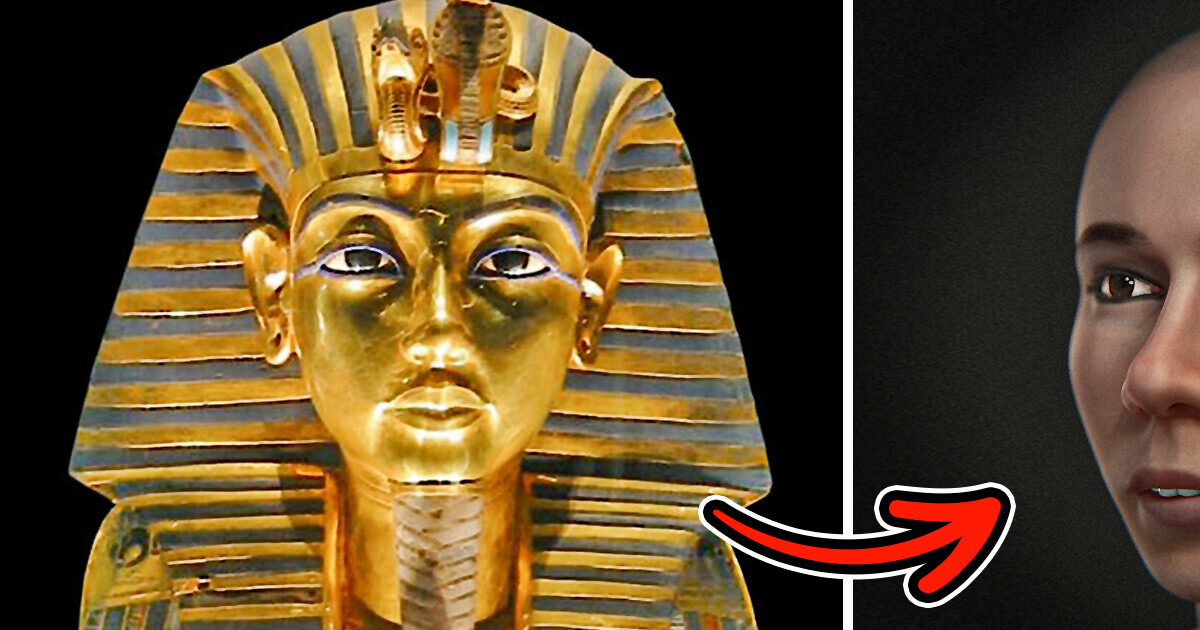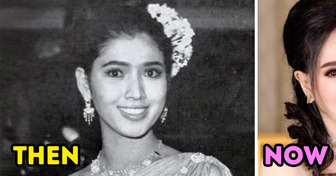10+ Creepy Situations People Experienced When They Were Home Alone


King Tutankhamun gained immense fame due to the unearthing of his tomb in Egypt’s Valley of the Kings in 1922. Recently, researchers have accomplished the first-ever digital recreation of King Tutankhamun’s face.
Tutankhamun was born around 1341 B.C.E. His name translates to “living image of Aten.” Aten was the sun deity his father and predecessor, Akhenaten, mandated people to worship. Akhenaten also relocated Egypt’s capital and religious hub from Thebes to Amarna.
Upon Akhenaten’s death, Tutankhamun ascended to the throne at the age of 9. With guidance from his advisers, King Tut reversed many of his father’s decisions, restoring Egypt to its previous beliefs. This youthful ruler, known as the “boy king,” governed for less than 10 years and passed away at the age of 19.
In 1922, Howard Carter, a British archaeologist and Egyptologist, made a significant discovery in the Valley of the Kings by uncovering the nearly untouched tomb of Tutankhamun. This remarkable find garnered widespread global attention and reignited fascination with Ancient Egypt.
Tutankhamun’s rule has sparked considerable conjecture. Despite the extensive array of artifacts unearthed from his tomb that offered substantial insight into the young king’s life, numerous enigmas persist regarding both his life story and the circumstances of his demise. One of these unresolved mysteries pertains to his physical health.
For centuries, scientists have attempted to depict the appearance of the ancient king without success.
However, after 3,300 years, teams from Australia, Italy, and Brazil have employed advanced technology to reconstruct the face of King Tut. By utilizing digital models and recorded measurements from the mummified skull of the king, researchers successfully generated a stunning representation of his face.
Researchers replicated “the size of the lips, the position of the eyeballs, the height of the ears, and the front size of the nose.” They marked the skull to indicate the soft tissue thickness at different locations, referencing data from contemporary Egyptians. Subjective features, like eye color, were incorporated to infuse a more human aspect.
One of the researchers said, “To me, he looks like a young man with a delicate face. Looking at him, we see more of a young student, which makes the historical figure even more interesting.”
This recent reconstruction offers a fresh perspective on Tutankhamun’s physical features, contributing somewhat to the unanswered inquiries about his life.
“Thanks to this look, we can put one more piece in that great and mysterious puzzle that is the story of Tutankhamun,” the researcher added.
The fascination with Tutankhamun often overshadowed the significance of another historical figure — his wife Ankhesenamun. Popular awareness of her largely stems from the movie, The Mummy. However, it appears that the film is more fictionalized than factual in portraying her story.











